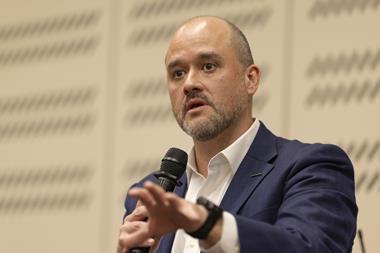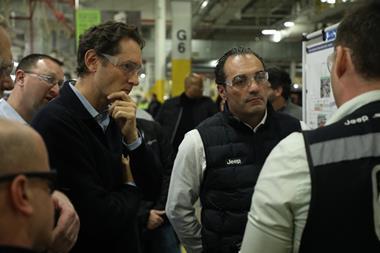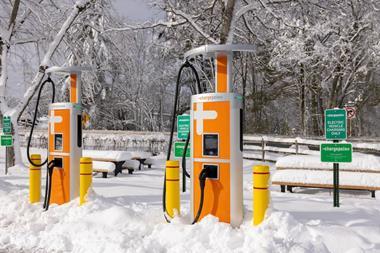
The question of trust was central to discussions at this year’s Automotive Logistics India conference held in Chennai last week.
While the automotive sector has shown growth among the fastest in world this year, on pace to reach 2.8m passenger car sales, and forecasts expected to double that over the next five years, the opportunities for logistics providers are looking healthy. Currently only 38% of warehousing and 20% of value-added services are put in the hands of logistics providers, against a figure for outsourced transport of 95%.
This disparity of allocation across logistics functions, however, points to the debate currently being held in India over which services are better left in the hands of the manufacturer, and which can be trusted to an outsourced provider.
Ultimately, this comes down to a lack of trust and communication between carmakers and logistics providers said VG Ramakrishnan, senior director of transport and logistics practice at consultancy Frost and Sullivan. According to a survey conducted by the company, 68% of contracts with logistics providers were for only one year, with 10% lasting two years and only 5% for three years. “The OEMs do not want a monopolistic situation with its providers, which is fair enough, but there is a clear trust deficiency right now in the market,” he said.
This lack of trust was acknowledged by several carmakers at the event, including Tata Motor’s Prem Verma, the CEO of Tata’s vehicle logistics subsidiary, TML Distribution. “We need to treat our logistics providers as business associates, not just as vendors,” he said. “If you are only looking for arms and legs in the market, then you will get into trouble, as you need to have heads and hearts too.”
But at the same time Verma pointed out the areas where logistics providers needed to improve if they are to build stronger relationships with carmakers and eventually gain longer contracts and more outsourcing in areas beyond mere transport.
“LSPs need to be seen as a game changer,” he said. “We have to ask of them, do they have the ability to offer multi-modal options? They need to bring radical changes in every facet of OEM business and have to provide end-to-end solutions.
“A logistics providers’ forte cannot be only size and quality of fleet,” Verma added, “as unfortunately an LSP must have more than that. The Litmus test is whether or not it is willing to go beyond being a glorified transporter?”
But with the best will in the world the question also depends on the resources and know-how amongst LSPs to provide a high enough standard of service while tackling the ever-present problems of underdeveloped infrastructure.
V. Anand, general manager of sales logistics for Hyundai Motor India, highlighted the inefficiencies that plague the logistics networks in India. Indian vehicle logistics, for example, are characterised by much higher damage rates compared to Europe or China, he said, while the network and route planning appears to be very poorly organised.
Much of this is the result of infrastructure or capacity shortages; Anand estimates that about 20% of fleets are idle as a result of driver shortages, for example. He also points out how height restrictions on some roads or bridges have meant that trucks need to detour several hundred kilometres, while heavy congestion has lead to more night driving, and hence more accidents. The amount of toll crossings and fees to pay at borders is also staggeringly high, although there is hope that this issue will be resolved when the centralised value added tax, the GST, will be introduced. Its implementation has once again been pushed back, this time to April 2012.
The consensus at the conference was to step up and get ready for the continuing rise in sales. Most of all, logistics service providers and supply chain executives need to improve their processes and update their equipment, in spite of whatever ongoing limitations that may be faced by India’s infrastructure.


































